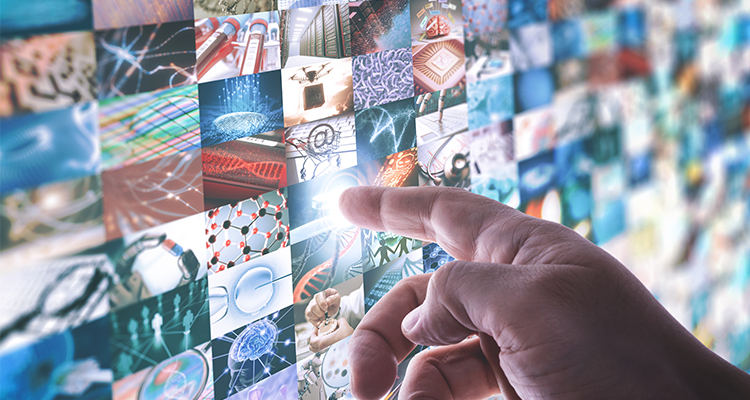Recently, the IEEE Computer Society released its predictions on Top 10 Technology Trends of 2019, and It is evident that these technological changes would channelize various business models in the coming times. Following the disruptive technological innovation that occurred in 2018, it is certain that there would be a great number of technological advancements that would change the world in coming years. These technologies of future will greatly change everything & every industry. Considering this it would be of use for individuals & organizations to become acquainted with the upcoming trends.
With the advent of self driving cars, 5g Networking, Voice assistants, block-chain technology & many more innovations, it is certain that the world is going through a paradigm shift.
“In 2019 we expect to see ever-increasing adoption of deep learning accelerators in the areas of transportation, advanced security, and technologies for humanity. Fueled by advanced materials, adoption of virtual reality and the Internet of Bodies will stretch the future to new unknowns. We are excited about our predictions and the bets we have made for 2019’s technology trends.”
Dejan Milojicic, former President of the computer society
Lets look at these technologies which are already here & are only going to become more advanced & intelligent, and will shape our future
Autonomous Things
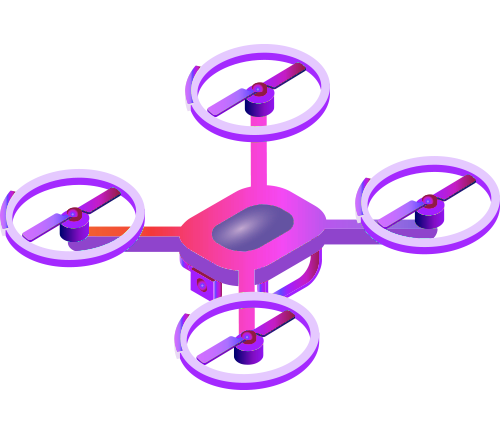
Autonomous things are transforming our approach to cars, agriculture, healthcare etc. into something innovative and efficient. Autonomous things depend on artificial intelligence to approach their environments in a human oriented manner. So far autonomous things have been recognised in Robotics, Drones, Appliances, Agents an Vehicles. Autonomous things are increasingly being adopted, however under the provision that their use be limited to a singular purpose. Also, it has been determined that with AI, Japan and America are leading Robotics into the mainstream.
The release by IEEE also emphasized upon the emergence of autonomous things with particularly talking about transportation. According to the release automated assistance in terms of transportation is being channelized in vehicles be it personal or municipal. This however again requires the use of deep learning accelerators. This technology is recognized and being increasingly incorporated so much so that a sense of fully autonomous vehicles can be comprehended and foreseen in the future.
Deep Learning Accelerators (GPUs, FPGAs, TPUs)
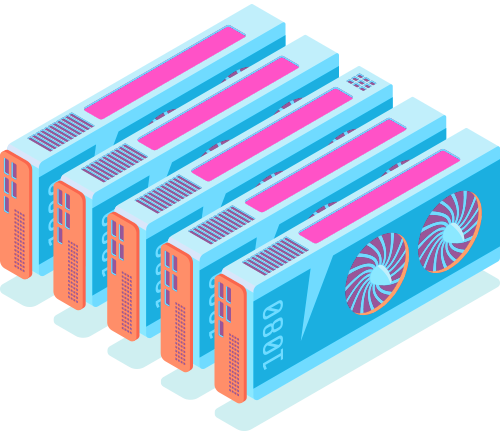
Artificial Intelligence applications such as Machine vision, neural networks etc. use hardware acceleration which is designed from a class of microprocessors. It has been suggested that for the purpose of machine vision and learning in IoT devices the use of deep learning accelerators would become important. It has been announced by companies that they would design their own accelerators that are of use in data centers.
Tensor Processing Unit (TPU) is an AI accelerator application that is exclusive to neural network machine learning. Google developed TPUs with regard to applications that include algorithms for data-intensive tasks, robotics, Internet of things etc. It is still a developing technology with many more designs, in memory computing and low precision arithmetic.
Another deep learning accelerator, the Field Programmable Gate Array (FPGAs) are monolithic integrated circuits. These are understood as field programmable because they are to be configured after their manufacture by a customer or designer. The electronic design automation tools in the present have replaced the former circuit diagrams that were used to specify its configuration. Further, these accelerators could also be deployed at the edge.
Technological Innovations in Healthcare
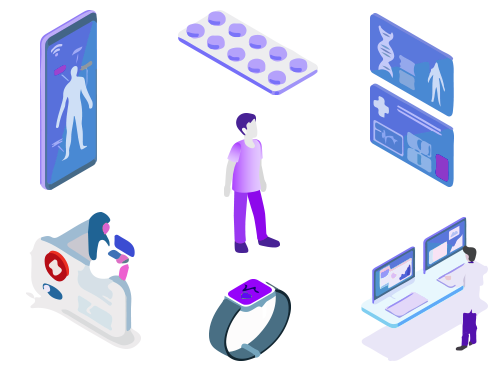
There is already an increased adoption of the internet of things (IoT) and other self monitoring devices amongst users with the use of tracking devices and smart glasses.
“Digital pills are entering mainstream medicine, and body-attached, implantable, and embedded IoB devices are also beginning to interact with sensors in the environment.”
IEEE Report
As much as the high data yield of these devices is acknowledged, the report also addressed the concern with the security, physical harm, privacy and abuse that can be incurred by these devices.
The knowledge engineering of healthcare is anticipated. Google, Apple and Amazon already took an initiative in 2018 to participate in this change. Tencent, a Chinese enterprise has turned to healthcare products and would engage with biotechnology. Meanwhile Apple is innovating for future technology by recruiting doctors and has also come up with an Apple Watch which would be of relevance to the field. Medical devices, deep learning, Pharma and smart homes are the forms of engagement with which Google and Amazon are progressing in the field.
Social Credit System
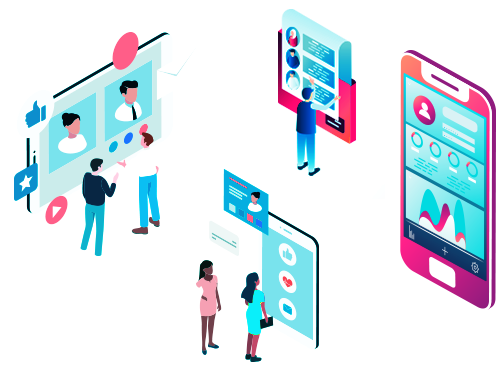
Social Credit Algorithms are useful in retrieving data from social platforms by the use of biometrics of advanced level such as facial recognition. It is basically used in cases of granting access and services to consumers of certain products and services. It is also being manipulated for a mass surveillance that monitors the material and ideological concerns of citizens. It is reported that these algorithms are in use by some states to determine loyalty.
For instance with the use of AI China has developed a surveillance algorithm that scores its citizens an these scores become determinants of the financial, social, cultural, legal situation of a citizen.
The use of Social Credit Algorithms for such regulatory and business models would become applicable in most western countries as well. This would cause a drastic change in the way administration governs in the present.
Human AI Interaction
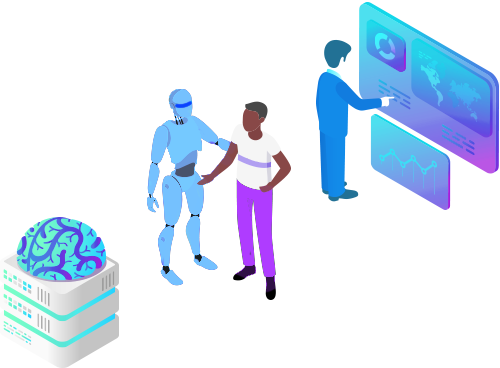
In 2019 Artificial Intelligence would advance to the extent that it would be incorporated into the business model of almost all industries. AI in itself is advancing to coincide with design and become user centred in this regard be it interface (UI) or experience (UX). However, 2019 also expects to observe human engagement to AI. One good instance of this is Voice-UI & ‘Chatbots’. These are artificial intelligence-driven programmes that link the possibility of a conversational interaction between humans and machines. They have been in use in the industry for customer service and as assistants in operating systems. Due to the utility and convenience of Voice-UI, it would become functional in various more industries & would be a crucial part of User-Interface & User-Experience.
I think 2019 will be the year that companies focus on getting datasets consistent and teaching humans to collaborate with AI without giving it too much power
Mohit Bhende, Karat
Smart Material & Devices
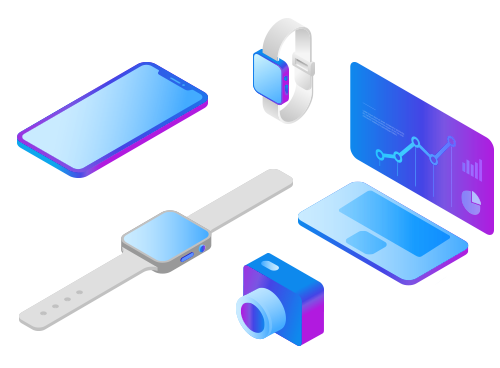
Smart materials respond to changes in environment by a change in their characteristics. Some smart materials would include shape memory alloys, ferrofluid, thermochromic materials, electrochromic materials etc. Smart Devices are autonomous/ interactive devices that can be connected to other devices.
The future technology teases disruptive advancement in devices for sensors, wireless communication etc. like smart paper, the tunable glass will lead to innovative applications and advancement in healthcare, appliances, packaging and more. It was also addressed that these technologies would lead to extensive advancement to the degree that it would cause a drastic difference in the way IoT is received in the present. For instance security systems of homes, doorbells, cameras, thermostats would become autonomous and interactive in their usage. It would increase efficiency, dependence, knowledge and upgrade lifestyles in the future.
Digital Ethics & Privacy
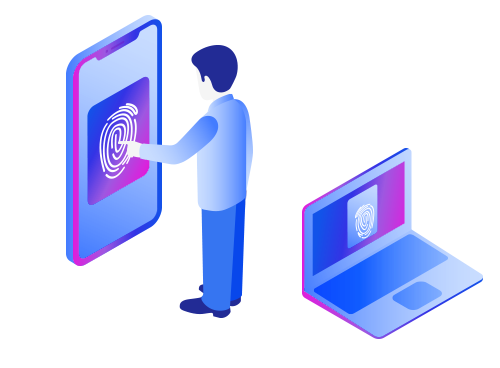
Digital Ethics is an important topic in this times of privacy issues. Aware consumers display concern regarding their content and personal information that is accessible to enterprises be it public or private. There is lack of transparency and accountability on part of the companies which in turn has mitigated consumer trust.
This form of unreliability threatens firms and thus it must be ensured that the companies are proactive in building consumer trust. Government regulations that address such concerns also becomes essential in sensitizing firms towards consumers information.
“First General Data Protection Regulation fines coming this year is just the start”
Giovanni Buttarelli, Europian Union’s Data protection supervisor
Enhanced Cyber Security
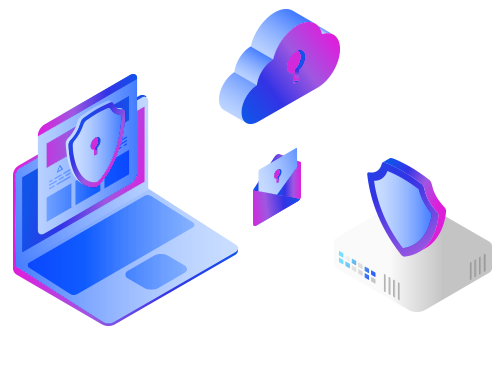
Cyber Security is a crucial pillar in the future of technology. Importance is being laid on the predictiveness of potential attacks and increasingly firms are manipulating technology to secure data, information, hardware from the threat. Considering the versatility of attackers in the present it has been established that the rather conventional mechanisms of prevention like anti-viruses have become ineffective and outdated. Since such has been the case, a new form of mechanism for prevention that is responsive is evolving. For instance, hooks that can be activated at the detection of an attack. Also, the machine learning mechanism is becoming effective in such cases.
Read our article on “How To Prevent Your Organizations From Cyber Crime”
Virtual Reality & Augmented Reality
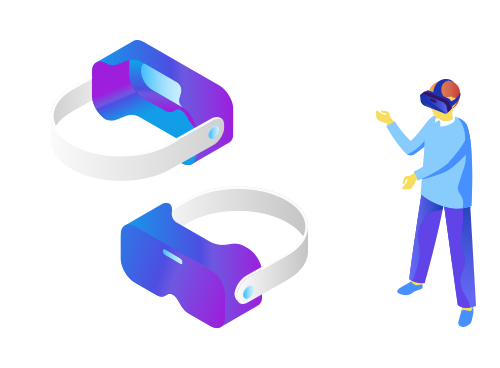
Immersive technologies have been emerging in the mainstream for a while now specifically in gaming. AR clarifies real world perception into the digital by immersing experience, sensations and view. VR technology likewise uses props and physical environments to develop better conceptualisation of reality. AR and VR will increase skill learning and make the process easier. They will duplicate foreign environments. For instance the possibility of space exploration through mapping would be achieved.
Also in the coming time, these technologies of future would be of essential use in other fields like training, education, engineering etc. However, the high-cost strains entry. This leads to a lack of applications which subsequently is the source of high costs.
Technology for Humanity
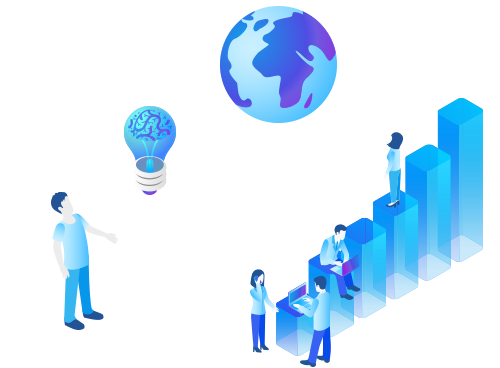
With high adoption in regard to IoTs and edge computing, machine learning will become useful in every industry like agriculture, health sector, education and more. Machine learning would become an answer to most prevailing social problems. For instance it has been predicted how greater adoption of sensors has become a rather immediate need considering accidents and fire that occur in roads and forests. Such issues could be addressed with the incorporation of Machine Learning. This future tech will surely is a boon for humanity for solving many issues
Digital Twins
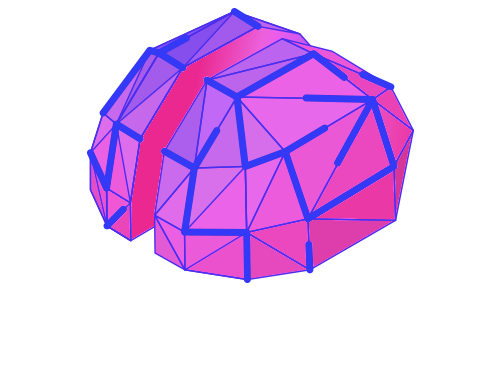
You must have seen this type of future technology in movies or tv. Digital Twins are digital representations that depict real life attributes and traits depending upon the purpose of their use. They are basically useful to optimize performance by their tendency to predict and comprehend. Digital twins have statistically been adopted by 48% companies already. It has also been anticipated that Digital twins are going to be of use in the healthcare sector.
Quantum Computing
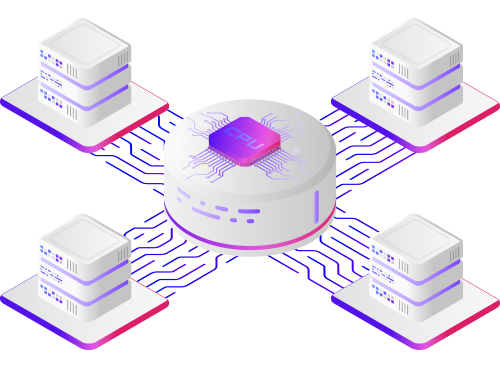
Quantum Computing uses quantum bits or qubits that can be in superposition or entanglement phenomena for the purpose of computing. It differs from the traditional digital computing.
The future of technology would rely heavily on computation power. Quantum Computing is highly scalable makes it useful for solving complex problems that are otherwise time consuming for conventional computing. Increasingly industries like military, pharmaceuticals, research, insurance and many more are expected to adopt Quantum Computing. The technology is in its initiate stage and the technology would be explorative for most firms for the next couple of years except for a certain few.
Augmented Analytics
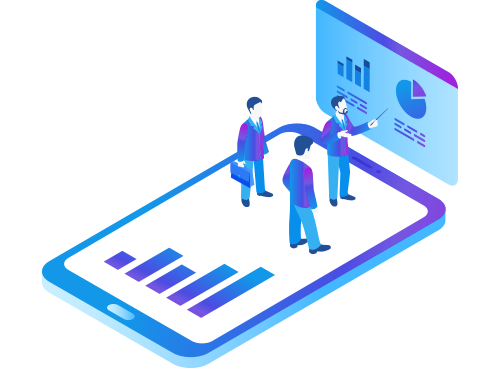
Due to the proliferation in data, it is plausible for Data Scientists to overlook certain possibilities of analysis. Augmentation of data analysis redeems a firm from missing out valuable hypotheses of use. Machine learning platforms and data science form the essential approach for businesses to develop analytic insight.
“By 2020, more than 40% of data science tasks will be automated, resulting in increased productivity and broader use by citizen data scientists.”
Gartner
5G Networking
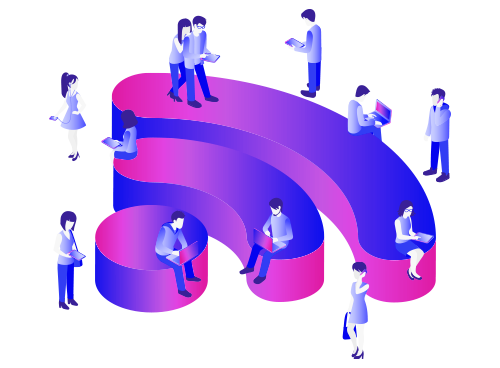
Mobile devices are expected to enable 5G in the coming year with around 20 gigabits per second connection speed for users. Which in turn means it will be far more faster, versatile an stable than the existing 4G. 5G will be capable of prioritizing various data streaming and a manage plethora of IoT devices. The technologies of future like Augmented Reality, Autonomous Driving an Immersive Gaming are areas that would boost with the emergence of 5G.
Edge Computing
Edge computing deals with localising traffic to reduce latency and network bandwidth. This is achieved by bringing the source of information closer to the processing, storage and delivery of information. Problems of High WAN costs could be tackled by it. End point devices like smartphones, automobile power generator or screens will have artificial intelligence being processed on edge. With the emergence of technologies like specialised AI chips, 5G, data stream harvesting, edge computing will enhance and become relevant to a series of applications in the coming time.
Edge computing deals with localising traffic to reduce latency and network bandwidth. This is achieved by bringing the source of information closer to the processing, storage and delivery of information. Problems of High WAN costs could be tackled by it. End point devices like smartphones, automobile power generator or screens will have artificial intelligence being processed on edge. With the emergence of technologies like specialised AI chips, 5G, data stream harvesting, edge computing will enhance and become relevant to a series of applications in the coming time.
Blockchain
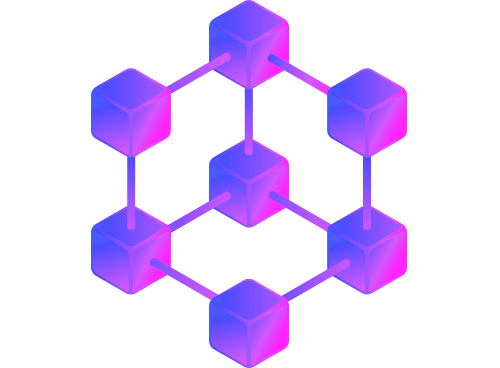
Blockchain is a digital ledger that concerns with financial transactions and maintains the records of users in a particular network digitally. Blockchains push aside the role of banks in the transactional process of a firm. It is understood to reduce costs, time invested in settling transactions and increase cash flow. Blockchains are expanding to healthcare, manufacturing, government etc. In the coming time Governments would probably be building their own cryptocurrencies. The same is anticipated of companies to develop within their applications and customer interactive spaces. A digital value and worth would become a factor to a company’s value.
Gartner
“Pure blockchain models are immature and can be difficult to scale… However, businesses should begin evaluating the technology, as blockchain will create $3.1T in business value by 2030.”
Serverless Computing
Serverless computing is dependent upon the increase of granularity. Instead of an access to a certain cloud ( AWS, Azure, Google) a user actually attains access to a micro functionality and thereby creates service locally. The increase of granularity leads to greater efficiency and thereby moves the intelligence and functions from the core to the edge (in lieu of the current trend). It has been noted that despite the appeal from the sides of both the providers and users for serverless computing, the technology would gain broad adoption in the coming two years.
Real Time Ray Tracing
Ray tracing has been there for a while except the rendering could never be done in real time until recently. The possibility of RT2 will create the difference between merely perceiving reality and creating a reality virtually. Within the coming two years true RT2 is anticipated, owing to the iterations for a faithful rendering of graphics. Training, simulation, and gaming stand as it’s major industries. With VR and AR, it is only natural that RT2 will gain adoption in time.
Let us know in the comments about your views on the future of technology & it’s impact, and what else could we see in upcoming future.

